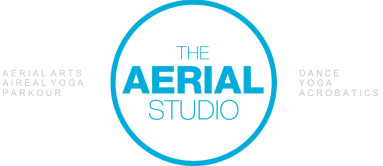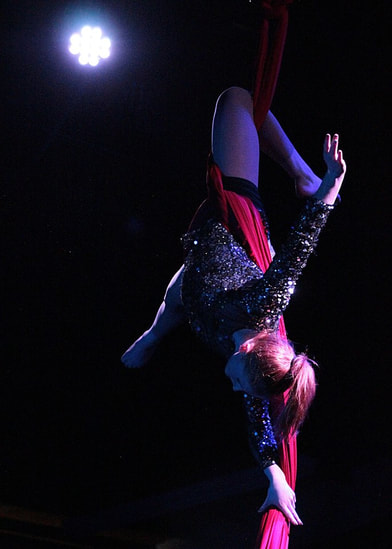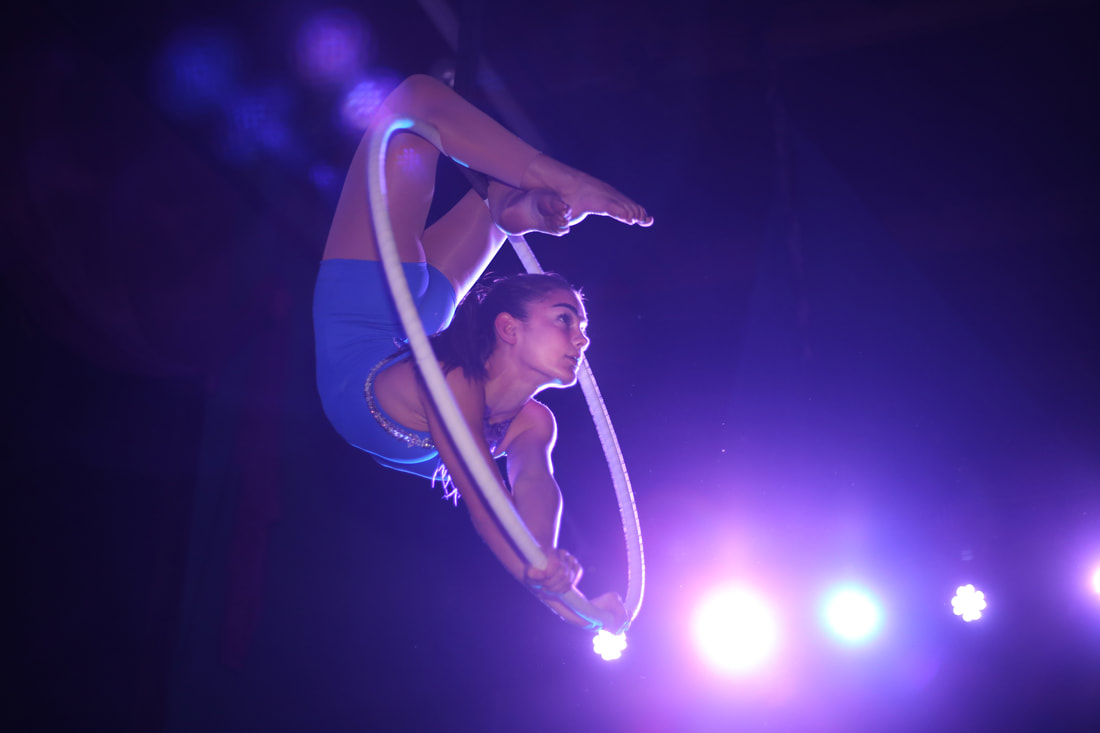|
All of our aerial students and parents, please read this article about rigging! We always express the importance of professional riggers and it's great to see one of the top professionals in the field stressing that point. In this issue I will address a series of important questions related to aerialists, their equipment and rigging. These are very important questions that every aerialist needs to seriously think about. Let’s begin with discussing basic aerial apparatus. How do you choose a particular aerial apparatus or vendor from which to purchase an apparatus? There is a lot more to choosing an apparatus or circus equipment supplier than just choosing one that you have heard of or one that has been recommended by a friend. Why? Many (or maybe most) aerialists do not know what to look for or what questions to ask the manufacturer about a product. As a result, there are companies with good reputations that do not always make quality products. So what should you know about an apparatus before you purchase? First, with the exception of fabric for a silk act, the manufacture or vendor should state the minimum breaking strength (or WLL and design factor) of the apparatus or any hardware item. If the manufacturer does not supply you with this information, look for a different manufacturer/supplier. I know of one well-known circus equipment company who has admitted in a court deposition that their aerial straps were not as strong as they would like them to be, but they continued making and selling them. They never divulged the actual breaking strength of these straps to purchasers. Second, the manufacturer/supplier should inform you of how to store, clean and inspect the apparatus. And since nothing last forever, you need to know when to retire an apparatus or piece of hardware. This information should be available on the manufacturer’s website or in a user’s manual that comes with the apparatus. Ask the manufacture if they provide a user’s manual or if this information is on their website. If the answer is no, then look somewhere else. People want to trust their friends, but sometimes the people you trust do not know the facts about a product. Some manufacturers/vendors do not feel that it is in their best interest to tell you of potential issues with a product. It is YOUR responsibility to do research and know this information. If a manufacturer is not able or willing to freely answer all of these questions, chances are good that the manufacturer is trying to hide something. If they are proud of their product, they will be eager to tell you all about it and will be able to answer all of your questions. How do you find a competent aerial rigger? First, there is no certification for aerial rigging. Certification or memberships such as ETCP, IATSE, SPRAT and others are good, but aerial rigging is a special type of rigging. You want to find someone with experience in aerial rigging. Ask for references and about the rigger’s experience. Interview the rigger the same as you interview anyone you were hiring for a technical position. If you can’t find a local person, you might have to expand your search in order to find a qualified person. If the performance requires some type of supporting structure be erected (such as a truss structure), it may be more difficult to find someone with the qualifications to design an appropriate structure. Keep looking, these folks exist. Should the rigger have liability insurance? Some riggers will have liability insurance (you can ask for a certificate of insurance), but understand that that it is rare for an individual rigger to have liability insurance. If you are hiring a rigging company, then the company should carry liability insurance. Ask. If an individual rigger does carry general liability insurance, that is a good sign that the rigger is a professional. What equipment will the rigger provide? Generally speaking, the aerialist provides the apparatus and the rigging supplies all slings, shackles, ropes, etc. needed to hang the apparatus in the venue. If truss or other structure is required, sometimes this will be rented by the aerialists and sometimes by the rigger. Know who is responsible for providing everything that is required to do the job. Do you need a signed contract with the rigger? For a simple job (one apparatus in a venue) probably not. But if there are going to be multiple apparatus or any type of structure erected for the performance, I highly recommend a written agreement between the parties. Photo by Jennifer Brenneman Aerialist, Zoë Curtis Is it OK to ask the rigger to show me the rigging and discuss it with me? Absolutely. Ask why something was rigging a certain way. Ask about breaking strengths, design factors, and anything else you are curious about. Test the rig with the rigger there and no one leaves until you are completely comfortable. If you are concerned about something, say something. How do I learn to be a rigger, or just learn more about rigging? You learn rigging the same way you learn to perform – you take classes and practice, practice, practice. There are good aerial rigging seminars offered by expert aerial riggers – seek these out. Find a good local aerial rigger and offer to be his/her free assistant in exchange to being taught about rigging. If there is a local aerial studio, offer to assist with rigging inspections (and ask lots of questions). Begin purchasing slings, shackles, etc. and practice rigging techniques (and learn about these items). Practice tying lots of knots, and get good at it. A rigger who can’t tie at least a dozen common rigging knots is not a rigger. Study rigging math. Rigging is physics and physics is math based. Also, learn how to properly use ladders and personnel lifts. Learn about safety equipment like fall arrest harnesses, horizontal and vertical lifelines, hard hats, etc. What is the most important thing(s) to know about aerial rigging? In no particular order:
Safe rigging, -Delbert
0 Comments
|
AuthorThe Aerial Studio staff Archives
March 2018
Categories |




 RSS Feed
RSS Feed